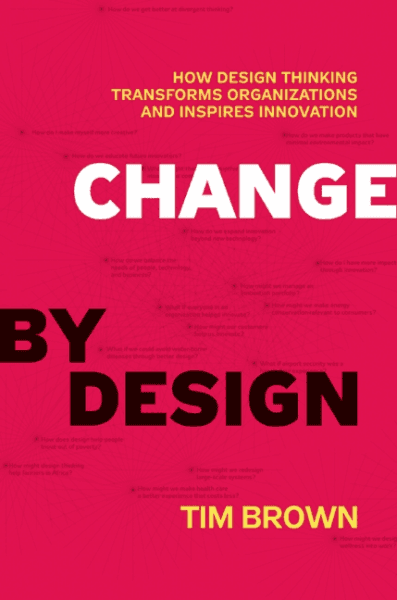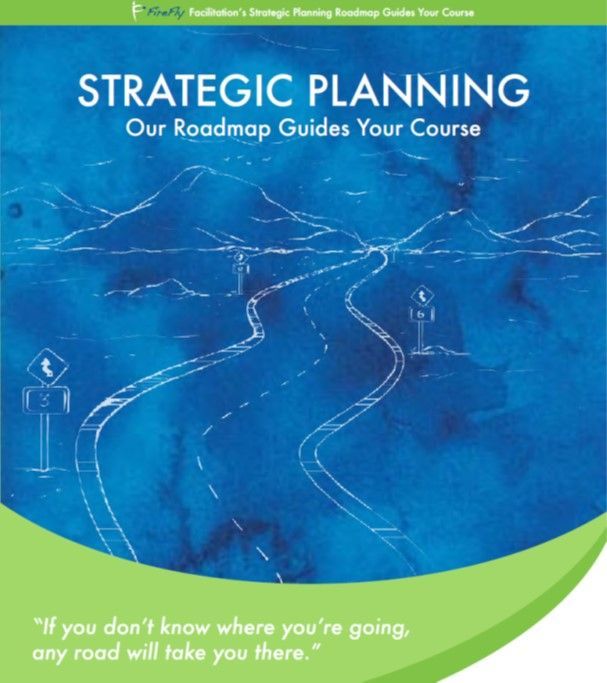Change By Design – A fantastic innovation guide by Tim Brown
Want the "cliff notes" version - and a great book discussion guide?
I recently had the opportunity to lead a book club discussion on this fantastic guide to innovation, Change By Design by Tim Brown , CEO of renowned design firm IDEO and guru of the next wave of innovation… “design thinking” . Below are some key excerpts you can check out to see if you want to read the whole book – or just get by with these cliff notes!
What is design thinking?
“An approach to innovation that is powerful, effective, and broadly accessible, that can be integrated into all aspects of business and society, and that individuals and teams can use to generate breakthrough ideas that are implemented and that therefore have an impact.”
Why do we need it?
“As the center of economic activity in the developing world shifts inexorably from industrial manufacturing to knowledge creation and service delivery, innovation has become nothing less that a survival strategy. It is moreover no longer limited to the introduction of new physical products but includes new sorts of processes, services, interactions, entertainment forms, and ways of communicating and collaborating.”
How does it work?
“The continuum of innovation is best thought of as a system of overlapping spaces rather than a sequence of orderly steps. We can think of them as inspiration, the problem or opportunity that motivates the search for solutions; ideation, the process of generating, developing, and testing ideas; and implementation, the path that leads from the project room to market.”
“The willing and even enthusiastic acceptance of competing constraints is the foundation of design thinking. The first stage of the design process is often about discovering which constraints are important and establishing a framework for evaluating them. Constraints can best be visualized as a series of overlapping criteria for successful ideas: feasibility (what is functionally possible within the foreseeable future); viability (what is likely to become part of a sustainable business model); and desirability (what makes sense to people and for people).”
“The classic starting point of any design project is the brief…a set of mental constraints that gives the project team a framework from which to begin, benchmarks by which they can measure progress, and a set of objectives to be realized: price point, available technology, market segment, and so on…The clarity, direction, and limits of a well-defined project are vital to sustaining a high level of creative energy.”
“The tools of the design thinker – getting out into the world to be inspired by people, using prototyping to learn with our hands, creating stories to share our ideas, joining forces with people from other disciplines – and ways of deepening what we know and widening the impact of what we do.”
Who excels at it?
“There is a popular saying around IDEO that ‘all of us are smarter than any of us’…To operate within an interdisciplinary environment, an individual needs to have strengths in two dimensions – the ‘T-shaped’ person…On the vertical axis, every member of the team needs to possess a depth of skill that allows him or her to make tangible contributions to the outcome….Design thinkers cross the ‘T’…people with the capacity and – just as important – the disposition for collaboration across disciplines. In the end, this ability is what distinguishes the merely multidisciplinary team from a truly interdisciplinary one…There is a collective ownership of ideas and everybody takes responsibility for them.”
What cultural environment is needed?
“To be creative, a place does not need to be crazy, kooky, and located in northern California. What is a prerequisite is an environment – social but also spatial – in which people know they can experiment, take risks, and explore the full range of their faculties.”
What are the benefits to the organization?
“There is an important lesson here about the challenges of shifting from a culture of hierarchy and efficiency to one of risk taking and exploration. Those who navigate this transition successfully are likely to become more deeply engaged, more highly motivated, and more wildly productive than they ever have before.”
[Two great examples of successful design projects – Bank of America (p. 119+) and Japan’s Cool Biz (p. 127+)
Potential Discussion Questions:
- What are three highlights from what you read – either things you strongly agreed or disagreed with?
- Do you believe it is possible to create a culture of design thinkers? Why or why not?
- Are there clients that you think might be ready participants in the introduction of design thinking into their culture?
- What would it take to create this culture? How would you approach from a change management perspective?
- What do you think would be the greatest challenges you would face? How would you overcome them?
- Do you believe in the business case and need for a new approach to innovation in this next decade?






